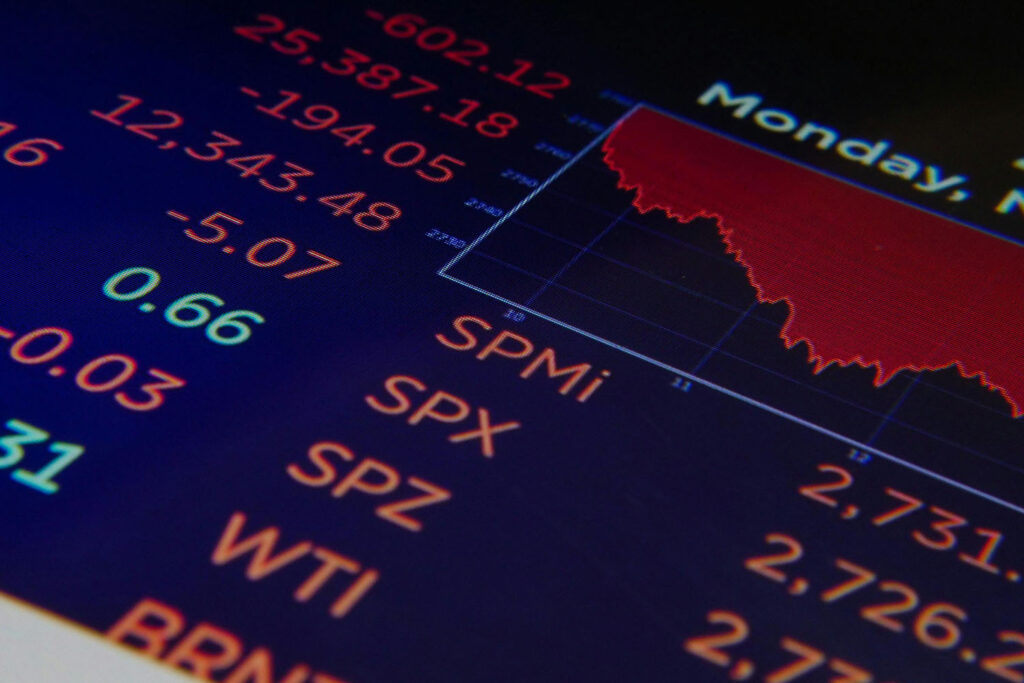Unbounded Uncertainty #2
Globe and Mail
There has been something deeply disconcerting about the negotiations of the past few days in Washington to bail out the U.S. financial system: The best and brightest of policy and economic elites have seemed out of their depth.
Congressional leaders, senior administration officials, top bankers and economists, even the Chairman of the Federal Reserve admit they don’t fully understand what’s happening or what to do. As the financial crisis deepened over the past year, most of these people consistently underestimated its severity. The responses by the Federal Reserve and the U.S. Treasury – interest-rate cuts, injections of enormous amounts of liquidity into the financial sector, outright nationalization of troubled firms – haven’t reversed the slide. On the contrary, they have seemed increasingly desperate and ad hoc, sometimes veering from one extreme to another in a matter of days.
Such developments feed a deep existential fear of the unknown and the uncontrolled. Most of us want to believe that our institutions are rational, durable and fair, directed by experts who have a grip on bedrock reality and understand how things work, who will take care of severe problems when they arise. The possibility that no one knows enough to protect us is terrifying, almost unthinkable.
Now, as we’ve watched the deal-making in Washington, we’ve looked into the abyss of the unthinkable. The corporate titans, bond and derivative traders, the investment managers who inhabit the imposing towers in the hearts of our financial capitals – supposedly among the world’s smartest people – have led us into terra incognita. And the experts in Washington who are supposed to rescue us turn out to be mere mortals. Despite yesterday’s announcement of a deal in principle, in reality, it’s not clear they know the route out.
This terra incognita does, in fact, have a name: unbounded uncertainty.
Many commentators say the latest financial crisis has its roots in the implosion of the U.S. housing market, or in near-fraudulent asset rating by companies like Standard & Poor’s, or in lax oversight by regulators.
All of these factors have played key roles. But just as important are the financial innovations made possible by the combination of modern computer power, lightning-fast data communication and sophisticated mathematics, some originally developed to solve problems in physics. Financial firms have used these advances to create new types of securities of mind-numbing complexity. Take the example of collateralized debt obligations, which bundle small amounts of debt (such as individual mortgages) into packages, which are then sliced into pieces sold as bonds. Credit default swaps allow holders of assets, such as mortgage-backed bonds or standard corporate bonds, to pay someone else to assume the risk that the bond’s issuer might default. These devices are like insurance, except the firm or individual that’s paid to assume the risk – to provide insurance against default – isn’t legally obliged to have enough money on hand to cover default. They’re also bought and sold like regular securities and have become a way for speculators to bet on the demise of companies.
Both these devices progressively separate lenders from the risk associated with lending, and by doing so cause risk to be underestimated – “mispriced,” in business parlance. In the old days, a bank that lent money for a particular mortgage would have an ongoing relationship with the homeowner, and both the incentive and ability to track the homeowner’s performance in meeting his or her obligations. In other words, the bank could track the risk associated with the asset on its books. But in recent years, the bank may have sold the mortgage to a firm that packaged it into a CDO. The CDO’s bonds were then bought and sold again and again. Along the way, buyers purchased credit default swaps that allowed yet other parties to assume the risk on the underlying mortgage.
At the end of the day, no one really has a clear incentive, or even the ability, to determine the quality of the original mortgage. Because risk has been so fragmented and attenuated, investors are lulled into overconfidence in the value of debt and debt-related securities, which in reality are sometimes very insecure.
Here’s where lax regulation comes in. In 2004, the U.S. Securities and Exchange Commission loosened the rules governing the amount of debt major investment banks could assume in their trading activities.
Firms such as Lehman Brothers then borrowed staggering quantities of money to bet on these new types of securities, because the firms’ executives, managers, and traders – people with great technical intelligence but too little wisdom – believed their mathematical risk models were infallible.
And so, what once seemed like manageable risk has mutated into unbounded uncertainty. Corporate balance sheets far and wide are riddled with debt-related assets of unknown value. It’s virtually impossible to determine which firms, banks and investment funds are vulnerable to default, so lenders are holding on to their money. The credit meant to provide the oxygen for investment and growth has largely evaporated.
Because of deposit insurance, we’re not going to see a 1930s-style economic implosion, in which banks collapse and people lose their life savings overnight. But we may well see a slow-motion contraction of breathtaking proportions, as assets throughout our economies are repriced and wealth vanishes. People on fixed incomes derived from dividends are most vulnerable, but we’ll all feel the effects.
Next time, maybe we won’t be so eager to rely on experts to take care of us.
Thomas Homer-Dixon holds the CIGI Chair of Global Systems at the Balsillie School of International Affairs in Waterloo. He is the author of The Upside of Down: Catastrophe, Creativity, and the Renewal of Civilization.

Topics
Economics
